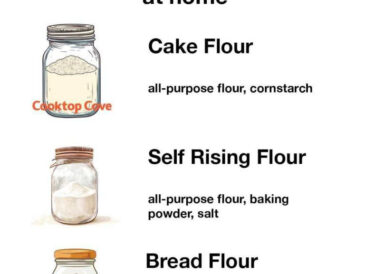8. Planting Your Apple Seedling
Once seedlings have developed a few sets of true leaves and roots are healthy:
- Transplant seedlings into larger pots or outdoor garden beds in early spring or after frost risk has passed.
- Dig holes large enough to accommodate roots without bending.
- Space plants adequately (15 to 20 feet apart) if planting outdoors to allow for mature tree growth.
- Backfill with enriched soil and water thoroughly.
9. Watering and Fertilizing Tips
- Watering: Keep soil consistently moist but avoid waterlogging. Deep watering encourages strong root development.
- Fertilizing: Use balanced fertilizers high in nitrogen during the first year to promote growth. After establishment, apply fertilizers rich in potassium and phosphorus for fruit development.
- Organic options include compost tea, fish emulsion, and seaweed extracts.
10. Managing Common Pests and Diseases
Apple plants are vulnerable to pests like aphids, codling moths, and diseases such as apple scab and powdery mildew.
Prevention and Management:
- Inspect plants regularly for early signs of infestation or disease.
- Use organic pest control methods such as neem oil, insecticidal soap, or beneficial insects (ladybugs).
- Practice crop rotation and remove fallen leaves or debris to reduce fungal spores.
- Maintain good air circulation around plants by pruning.
11. Pruning and Training Your Apple Plant
Proper pruning improves airflow, sunlight penetration, and overall plant health.
- Prune during dormancy (late winter) to remove dead or diseased branches.
- Shape the plant for structural strength by encouraging a central leader and well-spaced lateral branches.
- Remove suckers and water sprouts regularly.
12. Transplanting and Repotting Considerations
For indoor growers or those starting in containers:
- Repot seedlings into progressively larger pots as they grow.
- Use high-quality potting soil mixed with perlite or vermiculite for drainage.
- Ensure pots have drainage holes to prevent root rot.
- Transition outdoor plants gradually to avoid transplant shock.
13. Harvesting Your First Apples
Apple trees grown from seed can take 5 to 10 years to bear fruit. Be patient and continue proper care. When apples appear:
- Harvest when fruits are firm, fully colored, and easy to separate from the branch.
- Taste test for sweetness and texture.
- Store harvested apples in cool, dry conditions.
14. Troubleshooting Common Problems
- No germination: Check stratification time and seed viability.
- Leggy seedlings: Provide more light or reduce watering.
- Yellowing leaves: Could indicate nutrient deficiency or overwatering.
- Pest outbreaks: Use natural controls and maintain plant health.
15. Benefits of Growing Apples Indoors vs Outdoors
Indoors:
- Controlled environment reduces pests and weather risks.
- Suitable for limited space and urban settings.
- Requires supplemental lighting and humidity control.
Outdoors:
- Natural pollination and seasonal cycles.
- Larger growth potential and higher yield.
- Requires more space and weather resilience.
16. Sustainable Practices for Long-Term Apple Cultivation
- Use organic fertilizers and pest control.
- Practice water conservation with drip irrigation or mulching.
- Rotate planting locations to maintain soil health.
- Propagate from seeds or cuttings sustainably without overharvesting wild populations.
17. FAQs about Growing Apple Plants from Fruit
Q: Can I grow the exact same apple variety from seeds?
A: Usually not, due to genetic variation. For true-to-type apples, grafting is preferred.
Q: How long do apple seeds last?
A: Seeds stored dry and cool can remain viable for up to a year.
Q: Do apple seeds contain cyanide? Are they safe to plant?
A: Apple seeds contain amygdalin which can release cyanide when crushed and ingested in large amounts. Planting whole seeds is safe.
Q: Can I grow apple trees indoors?
A: Yes, but they need adequate light, space, and care.
18. Conclusion: Your Journey to Homegrown Apples
Growing an apple plant at home from fruit is a fulfilling journey that combines patience, care, and a touch of botanical science. By following proper seed preparation, stratification, planting, and nurturing techniques, you can cultivate healthy apple plants that might one day reward you with delicious fruit.
Whether you are planting in pots indoors or starting a backyard orchard, this sustainable method reduces reliance on store-bought produce and connects you with nature. Embrace the process, enjoy each stage of growth, and look forward to harvesting your own homegrown apples.




